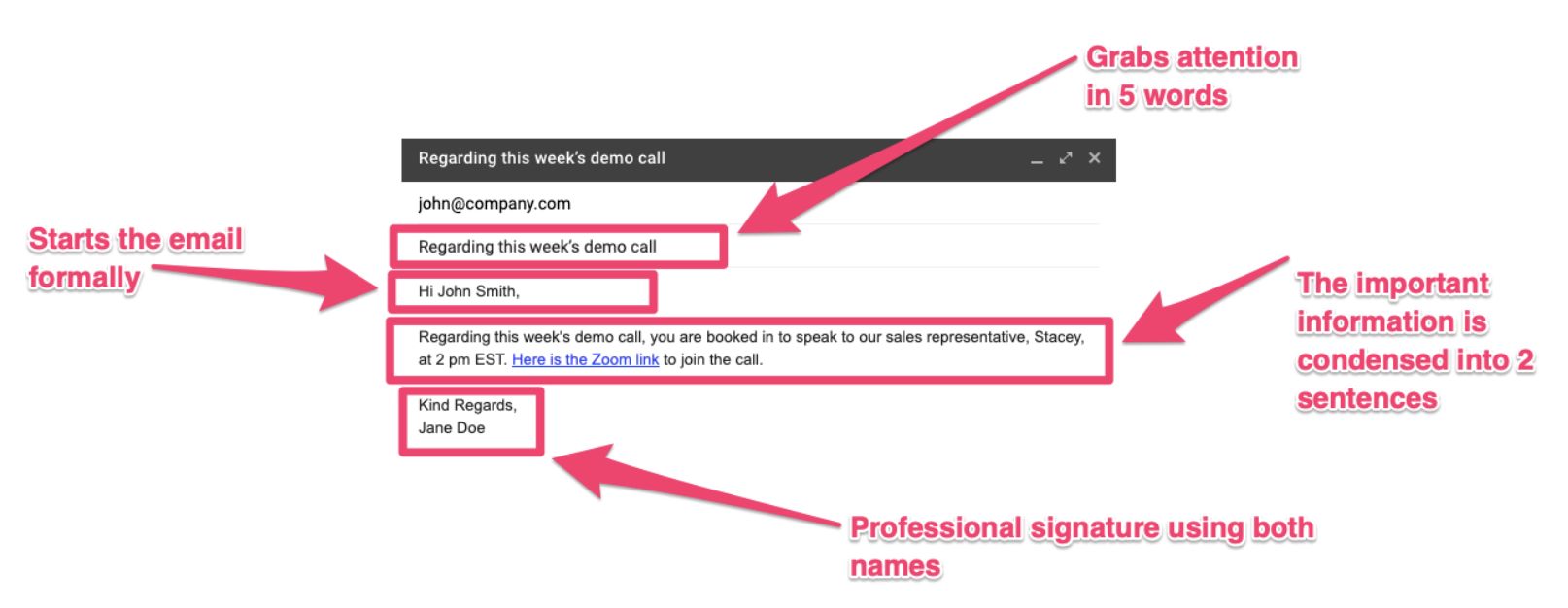
Effective opening sentences
Crafting an effective opening sentence in any form of communication, especially in emails or written documents, is vital for engaging your audience and setting the right tone for the message that follows. Here are some guidelines and examples for creating impactful opening sentences:
Guidelines for Effective Opening Sentences
-
Be Direct and Clear: Start with the main point or objective of your communication. This respects the reader’s time and immediately informs them of the purpose.
-
Personalize When Possible: Address the recipient by name or reference a recent interaction to create a personal connection.
-
Create Interest or Curiosity: Begin with a fact, question, or statement that piques the recipient’s interest, especially in marketing or narrative communications.
-
Be Concise: Avoid lengthy and complex sentences. Keeping it short and straightforward ensures clarity.
-
Set the Right Tone: Your opening sentence should reflect the tone of the entire message, whether it’s formal, informal, persuasive, friendly, or informational.
Examples of Opening Sentences
-
Formal Business Communication
- “I am writing to inform you of the updates to our policy regarding remote work arrangements.”
- “Following our discussion last week, I have prepared the requested report on market trends.”
-
Email to a New Contact
- “It was a pleasure meeting you at [Event/Place] last [Day], and I wanted to follow up on our conversation regarding [Topic].”
- “I am reaching out to introduce myself and to express my interest in discussing potential collaboration opportunities.”
-
Marketing or Promotional Email
- “We’re excited to announce the launch of our new product line, designed specifically with your needs in mind.”
- “Are you looking for ways to streamline your workflow? Our latest software update might be the solution.”
-
Internal Team Communication
- “I’d like to thank everyone for their efforts on the recent project, which led to a successful outcome.”
- “As we prepare for the upcoming quarter, there are a few key updates I’d like to share.”
-
Response to a Request or Inquiry
- “Thank you for your email regarding [Topic]; I can confirm that…”
- “In response to your query about [Topic], I have gathered the following information…”
-
Networking or Casual Business Interaction
- “I recently came across your article on [Topic], and it sparked some thoughts I’d like to share with you.”
- “Having heard about your expertise in [Field], I’m keen to get your insights on [Topic].”
An effective opening sentence sets the stage for a successful and engaging communication, whether it’s an email, a business letter, a report, or any other form of written correspondence. Tailor your opening line to suit the context, your audience, and the message you wish to convey.